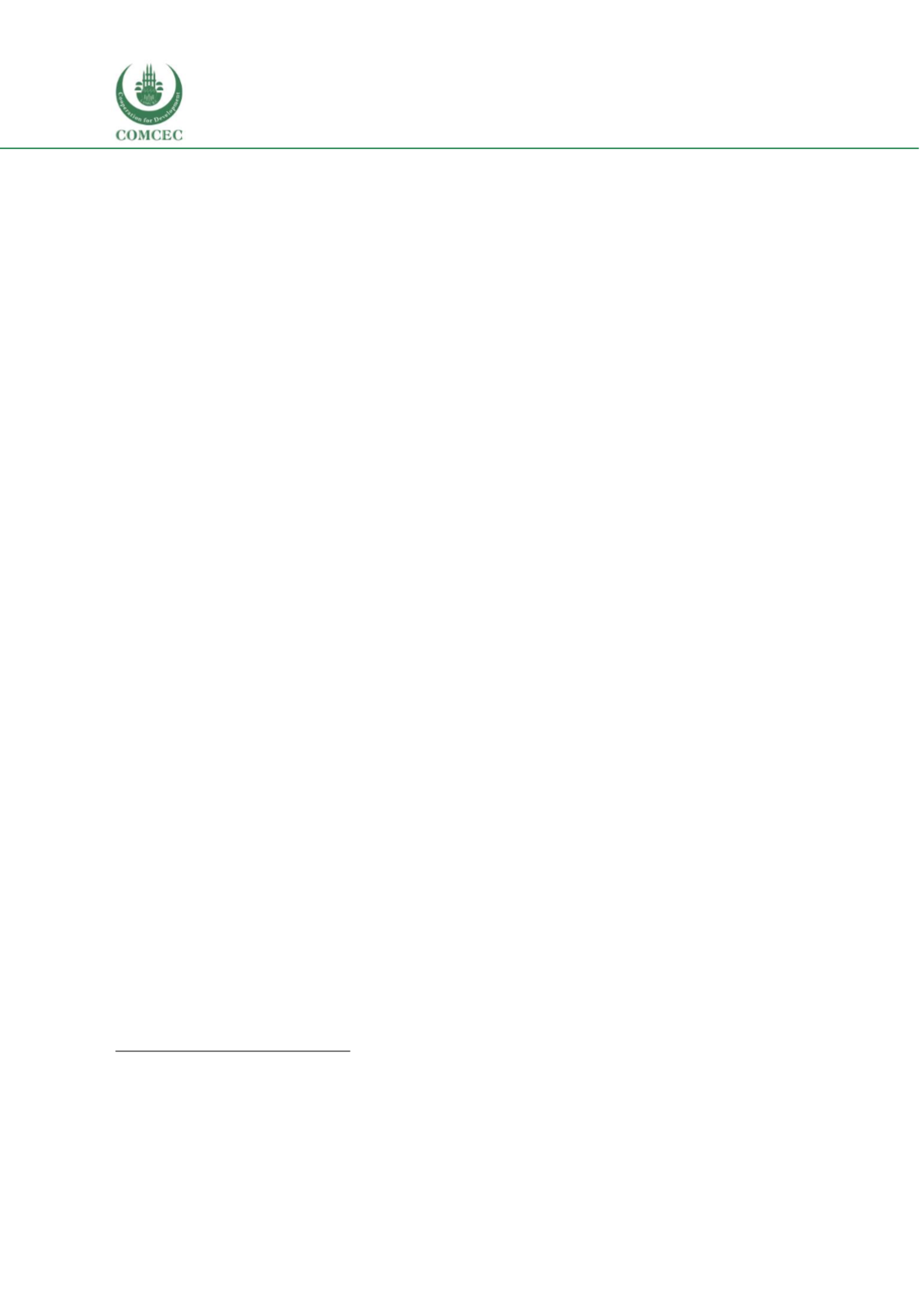

Education of Disadvantaged Children in OIC:
The Key to Escape from Poverty
146
Composition of spending:
While Jordan has lower spending levels than other upper middle
income countries, changing the composition of the spending and improving the efficiency of the
spending may be more important than increasing the overall education spending envelope.
In the last 10 years of data available, current expenditures at both primary and secondary level
were always above 80%
393
. In 2010, primary current education expenditures stood at 93%, which
only left 7% for capital expenditures.
These low capital expenditures may explain the often cited generally poor school conditions. In
addition, given the relatively weak monitoring system in place, these low capital budgets at the
school level could lead to schools charging some sort of fee to parents in order to be able to
provide the minimum standards of quality. This could adversely impact access to schooling for
the poorest students.
In 2010, 88% of the primary education budget went to staff salaries so most of the recurring
budget goes to the salaries and wages of teachers and education sector staff. In 2011, the entire
recurring budget in both primary and secondary levels went to staff salaries. One possible
explanation for this trend is the 2011 Syrian crisis and influx of refugee children. As the
government increased the number of double-shift schools and tried to send teachers to the
temporary make-shift schools, it had to increase its spending on teacher salaries. Only 7% of the
education budget for primary public schools was left for non-salary expenditures and only 11%
at the secondary level.
Inefficient budgets:
Given the poor TIMMS results in 2011 (output), and with 93%of the primary
education budget spent on recurrent expenditures and 89% at secondary level (input), it can be
concluded that the budget spending in Jordan is inefficient, particularly when it comes to staff
salaries. As seen earlier, on the supply side this is due to a combination of poor school facilities,
scarcity of qualified teachers and a need for a reformed curriculum and school management. All
these challenges need to be addressed in order to increase the efficiency of spending and need to
be addressed as the overall spending on the education budget increases to align with other upper
middle-income countries and meet the education objectives of the country.
Policies
394
Long-term strategic education plans
As a resource scarce country, Jordan has prioritized education based on the belief that developing
its human capital will assist achieving its economic and social development goals. The country
began a comprehensive review of its education system in the late 1980s
395
and a second wave of
reforms in the 2000s through the Education Reform for the Knowledge Economy (ERfKE)
framework with phase 1 running from 2003-2008 and phase 2 from 2009-2016. While progress
393
World Bank data between 2001 and 2011
394
See Annex 4 for more details on policy examples
395
International Bureau of UNESCO (2006)
http://www.ibe.unesco.org/Countries/WDE/2006/ARAB_STATES/Jordan/Jordan.pdf















